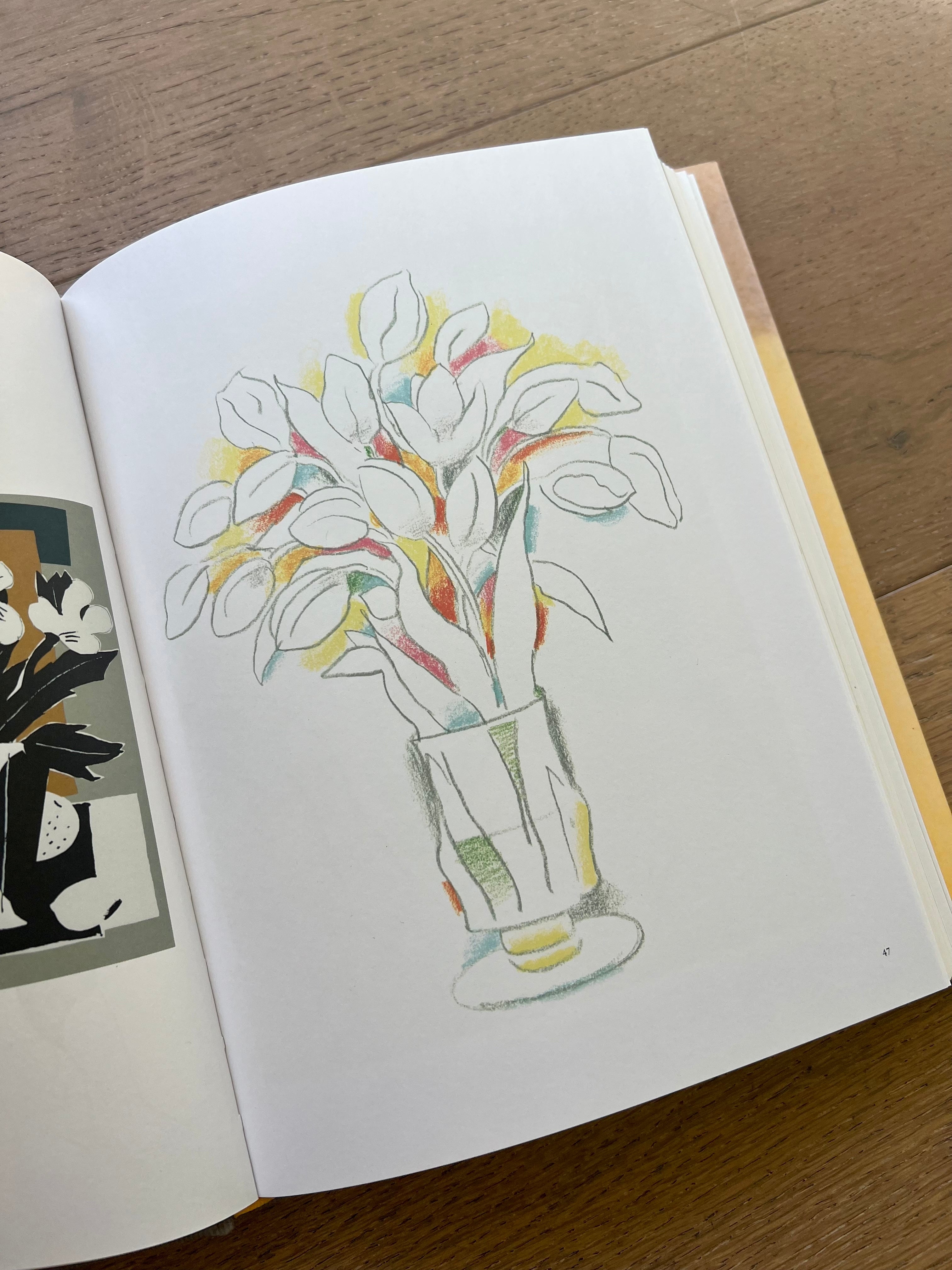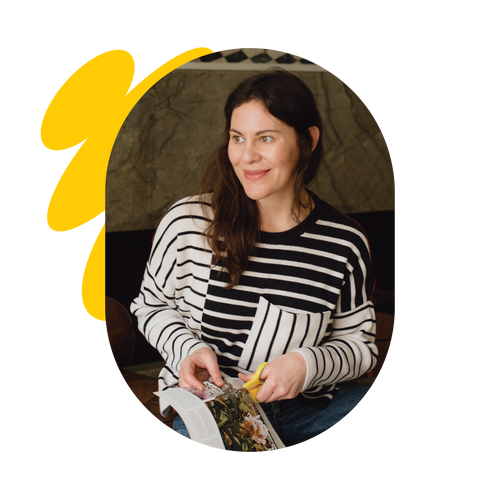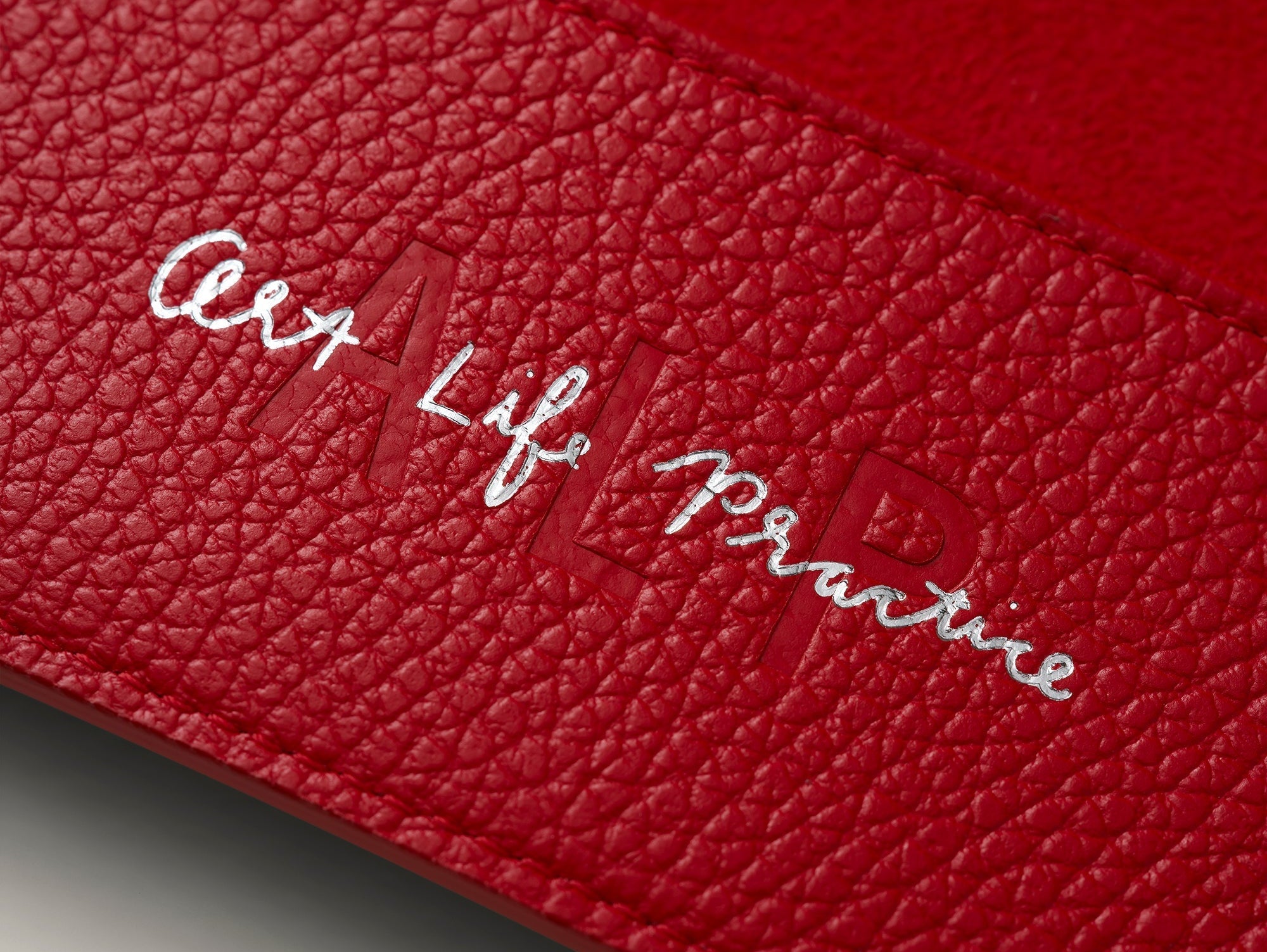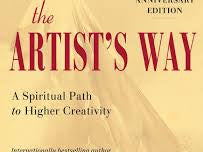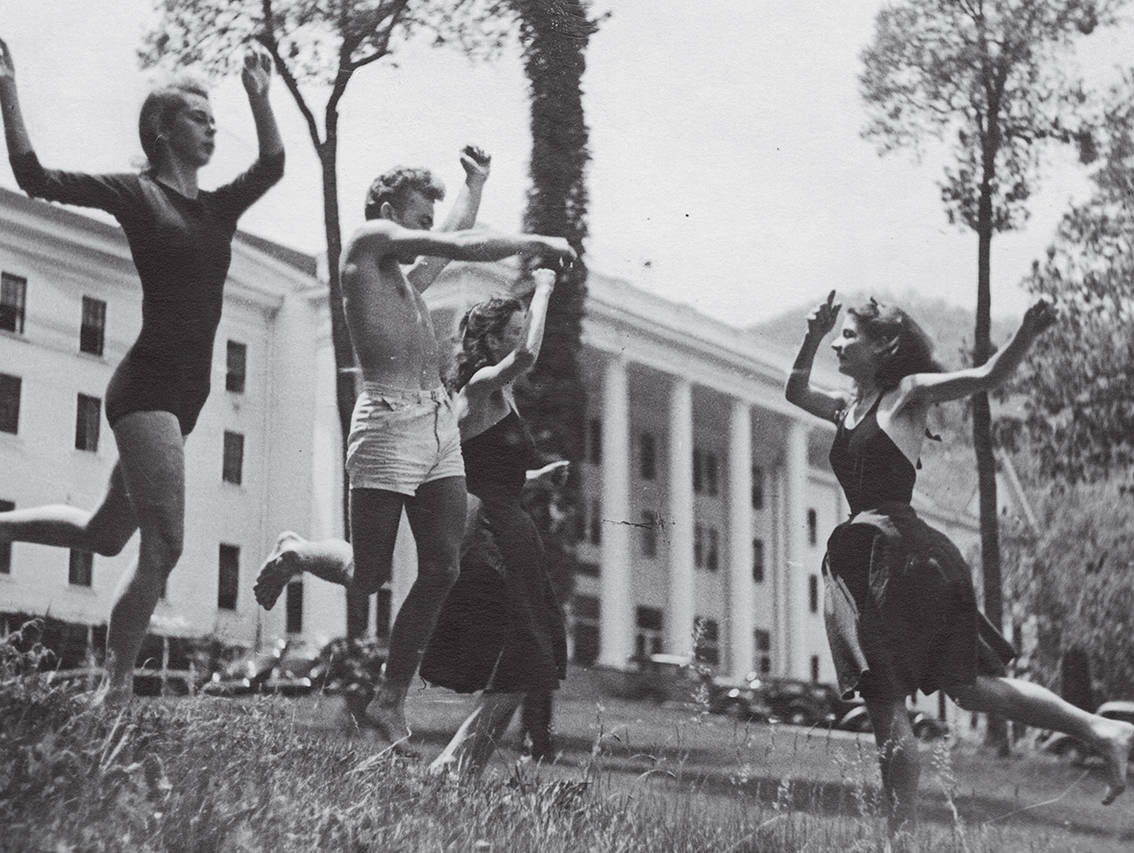Colored pencils are a popular medium for artists and non-artists alike, as they are accessible, easy-to-use, and offer a variety of techniques and mark making. Here are three examples of iconic 20th century artists who have used colored pencils in their work, expressing themselves in a variety of ways.
David Hockney

Celia, Carennac, August 1971 by David Hockney, Colored pencil on paper, © David Hockney, Photo Credit: Richard Schmidt, Collection The David Hockney Foundation
British artist David Hockney is one of the most widely known artists of the 20th century, and a personal favorite of mine. Born in the UK in 1937, Hockney was a notable contributor to the 60s Pop Art movement, and over the years his works stretch across mediums - figurative paintings, drawings, iPad and iPhone drawings, photocollages with Polaroids and snapshot prints, mural-sized landscape paintings, full-scale opera set designs, and more.
His signature use of vibrantly fantastical colors is pure visual pleasure. If you asked me to pick a favorite - whether it be his early portraits, large scale landscapes, photocollages or still life works - I simply could not choose.
That said, his colored pencil portraits are so subtly beautiful and demonstrate his incredible skill as a draftsman. This drawing of one of his muses Celia Birtwell is a favorite of mine, and captures her vibrant, playful essence in such a unique way. Hockney is known for his expert use of color, and this portrait demonstrates his passion for color and using it in unexpected ways.
Bridget Riley
 Bridget Riley (b. 1931), Study for Polarity, 1964, Pencil and gouache on paper, 18 3/8 × 15 3/4 in. (46.7 × 40 cm). Collection of the artist. Courtesy of Morgan Library & Museum/Bridget Riley.
Bridget Riley (b. 1931), Study for Polarity, 1964, Pencil and gouache on paper, 18 3/8 × 15 3/4 in. (46.7 × 40 cm). Collection of the artist. Courtesy of Morgan Library & Museum/Bridget Riley.
Another British artist that often works with colored pencils is Bridget Riley (b. 1931). She is one of the most celebrated abstract artists of her generation, closely associated with the Op Art movement, a mid-20th century art movement where artists were exploring how to create optical illusions through geometric patterns and designs.
Riley’s practice is wholly mesmerizing and awe-inspiring, and I find her works on paper, often using colored pencils, particularly enthralling. Composing seemingly simple geometric forms such as lines, circles, curves, and other shapes across the paper, Riley creates works that can trigger sensation of vibration and movement. She initially worked in black and white, and then in the late 1960s she introduced color into her work, thus expanding the perceptual and optical possibilities of her works.
Milton Glaser

Milton Glaser (1929-2020) was one of the most important figures in the history of graphic design. While he is best known for his illustrated posters, album covers, and advertisements, he was also an avid drawer, even writing a book called, Drawing is Thinking. Based on Glaser’s notion that all art has its origins from drawing and that as humans we are born to create, Drawing is Thinking lays out an extensive series of drawings representing a range of subject matter and reiterates his commitment to the fundamental idea that drawing is not just a way to represent reality, but also a way to understand and experience the world.
Similar to Hockney, Glaser created colored pencil drawings that are bold and unexpected, and evoke pure joy to the viewer.


